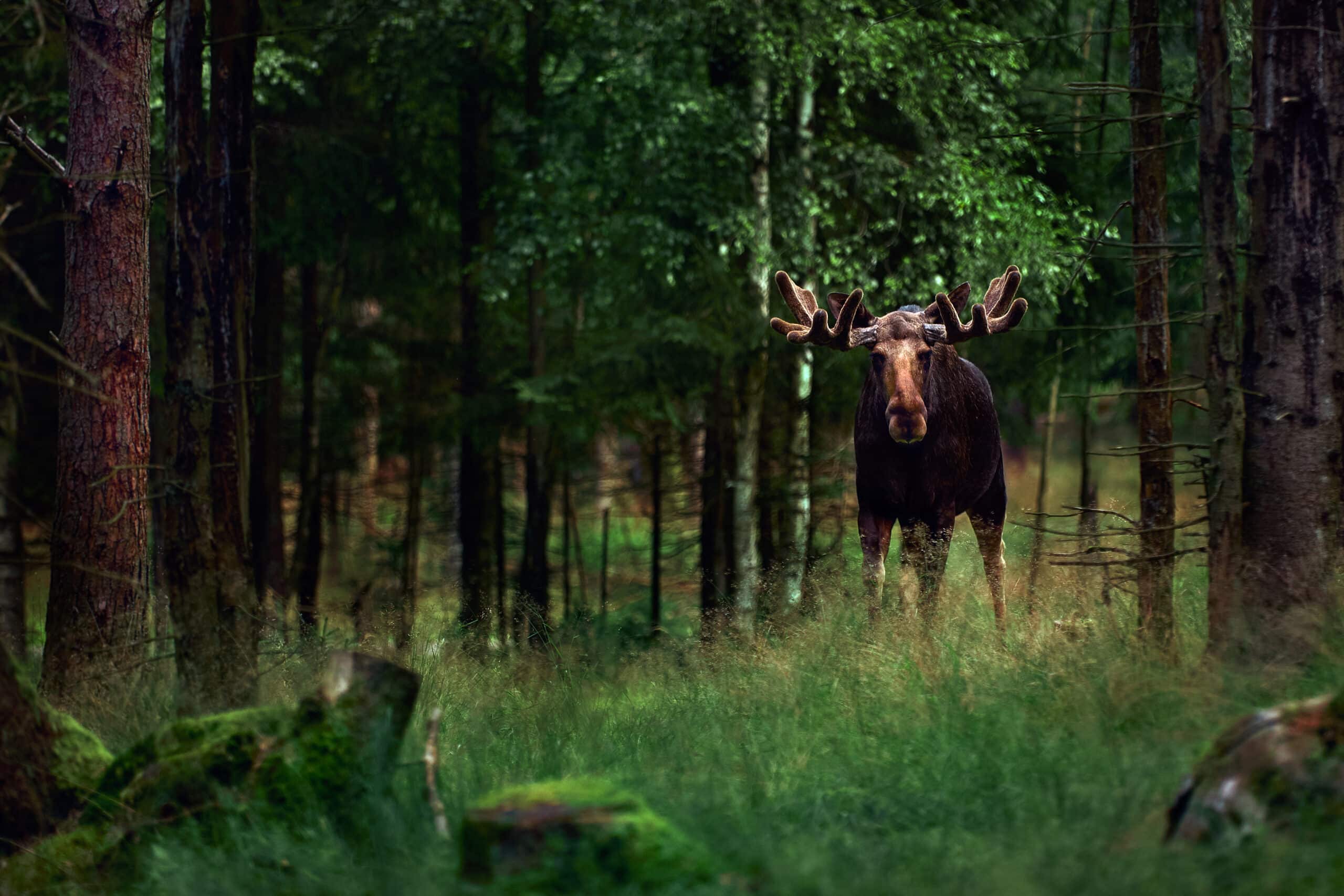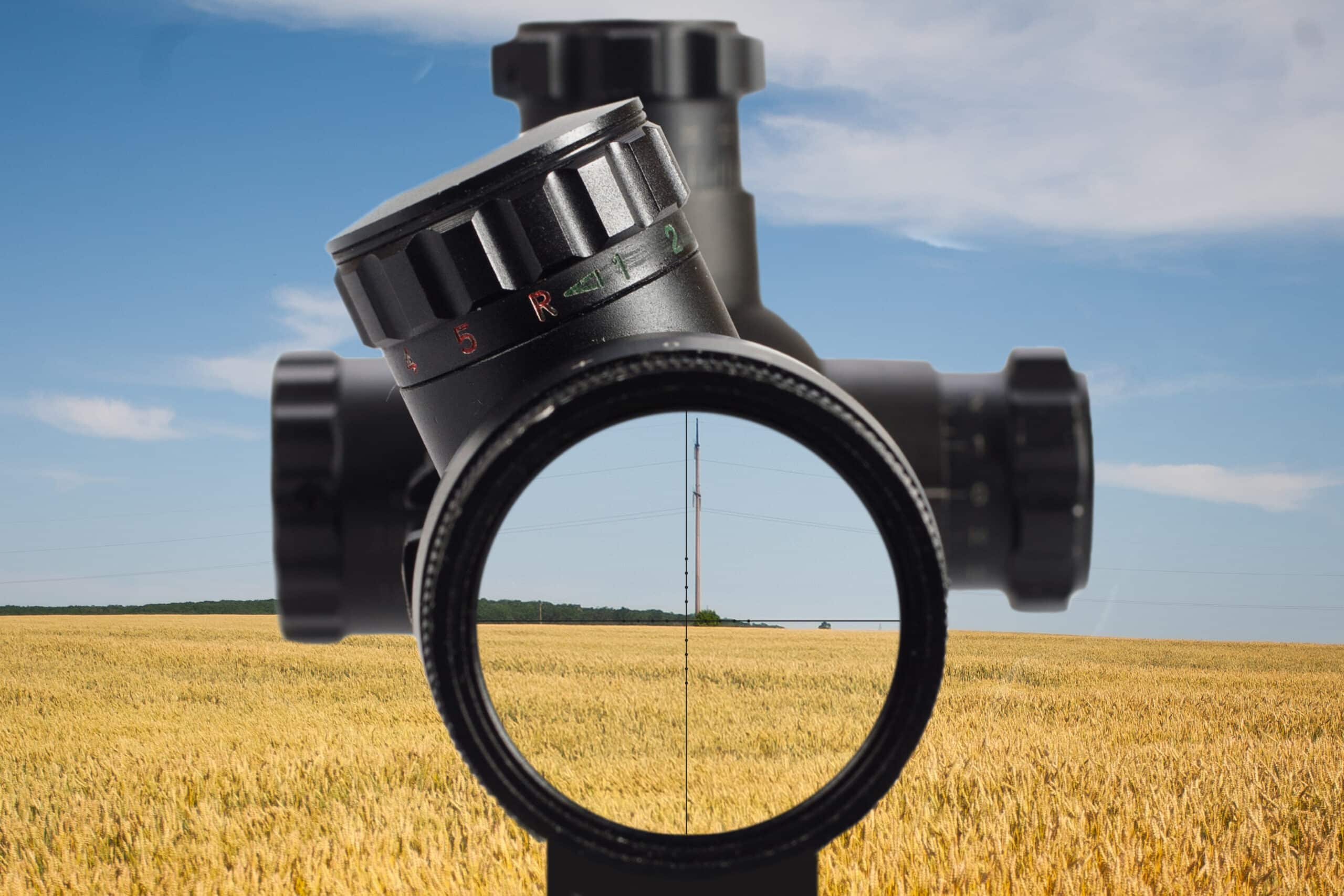Waterfowl Hunting: Population Status and Perspectives for Hunters
Waterfowl Hunting: Population Status and Perspectives for Hunters
Welcome, Fellow Hunters! In this article, we dive into a crucial topic for waterfowl hunting enthusiasts: the state of migratory bird populations and the trends shaping our beloved activity.
With environmental changes and increasing pressure on habitats, it’s essential to assess the status of these populations and understand how we, as hunters, can adapt to enjoy our passion while respecting wildlife.
Ready to explore? Let’s go!
The Current State of Waterfowl Populations
Species That Are Thriving
Some species, like the mallard duck or Canada goose, have stable or even growing populations. These successes are often the result of conservation efforts and wetland restoration programs. The Canada goose, for instance, has become iconic in many regions thanks to effective management policies.
Species Facing Challenges
Conversely, birds such as the canvasback or certain teal species show worrying declines. The loss of wetlands, climate disruptions, and water pollution significantly affect these populations.
Shifting Migration Patterns
Migratory routes are changing due to environmental disturbances. Birds are adjusting their paths to follow more suitable resources and habitats, which sometimes makes their locations unpredictable for hunters.
Challenges for Waterfowl and Their Impact on Hunting
1. Habitat Loss
Urbanization, intensive agriculture, and wetland drainage reduce critical spaces for breeding and feeding. Aquatic habitats, which are particularly vital for diving ducks, are disappearing at an alarming rate.
2. Climate Change
Changes in weather patterns, such as milder winters or irregular precipitation, disrupt migratory cycles. The periods when birds pass through regions may be delayed or shortened, complicating hunting strategies.
3. Pollution and Water Quality
Chemicals from agriculture and industrial pollutants contaminate waterways, impacting the food chain for many species. Bird eggs become more vulnerable, and juvenile birds have reduced chances of survival.
What This Means for Hunters
Practicing Responsible Hunting
As hunters, we play a key role in protecting bird populations while pursuing our passion. This involves:
- Respecting quotas: Limits are set to protect vulnerable species.
- Avoiding sensitive areas: Hunting in fragile habitats can exacerbate population pressures.
- Supporting conservation efforts: Backing local initiatives to restore wetlands is a direct way to help.
Equipping Yourself Strategically
The right gear is essential for an optimized hunting experience. For instance:
- Specialized calls help attract target species with precision. Check out high-quality calls here.
- Choosing a reliable shotgun or rifle ensures clean, ethical shots. You can find a selection at Coureur des Bois.
Observing and Adapting
Studying the behavior and migration patterns of birds is crucial. Hunters who take the time to monitor local and climatic trends are often more effective in the field.
The Role of Hunters in Conservation
1. Restoring Habitats
Many local and national organizations work to restore wetlands. Participating in these efforts—through volunteering or supporting reforestation projects—is an excellent way to contribute.
2. Collecting Data
Hunters are often the first to notice changes in the field. Sharing these observations with wildlife managers can significantly impact conservation decisions.
3. Educating New Hunters
Experienced hunters can mentor the next generation, teaching them the importance of conservation and sustainable practices.
Practical Tips to Maximize Your Hunts
1. Plan Your Hunts Thoroughly
Study migratory cycles and identify areas where populations are abundant. Platforms like Sentier Chasse-Pêche provide updates on local trends to help you prepare.
2. Equip Yourself for Success
Your gear can make all the difference. Here are some essentials:
- Species-specific calls tailored to your target.
- A shotgun suited to wetland hunting, available at Coureur des Bois.
- Waterproof and camouflaged clothing to stay discreet and comfortable.
3. Hunt in Teams
Hunting in groups not only creates great memories but also improves efficiency. In teams, you can cover more ground and optimize your strategies.
Looking Ahead
Despite the challenges, there are reasons to remain optimistic. Conservation initiatives show that populations in decline can rebound when efforts are focused. However, it’s crucial for us to continue hunting responsibly, staying informed about population trends, and actively supporting preservation projects.
Conclusion
Waterfowl hunting is more than a pastime—it’s a tradition rooted in our connection with nature. By understanding current population trends and adopting responsible practices, we can help preserve this balance for future generations.
Thank you for reading this article! If you have questions or experiences to share, feel free to leave a comment. Happy hunting, and see you out in the field!
FAQ
1. Why are some waterfowl populations declining?
The primary causes are habitat loss, climate change, and pollution. Conservation efforts are underway to reverse these trends.
2. What gear do you recommend for waterfowl hunting?
A quality shotgun, specialized calls, and waterproof clothing are essential. Explore options at Coureur des Bois.
3. How can hunters contribute to wetland conservation?
Participate in local initiatives, respect hunting quotas, and share observations with wildlife managers.
4. Where can I find information about local migrations?
Platforms like Sentier Chasse-Pêche offer valuable tips and updates for planning your outings.
5. How do I choose the right call for a specific species?
It’s important to select a call that mimics the vocal behavior of the species you’re targeting. Browse a variety of calls here: Waterfowl Calls at Coureur des Bois.
Thank you for taking the time to read this blog!
Join us on Facebook and Instagram, where we regularly share content and promotions!
For any questions, contact us at info@boutiquecoureurdesbois.ca.
Visit our online store to explore all our products.




